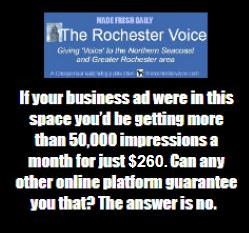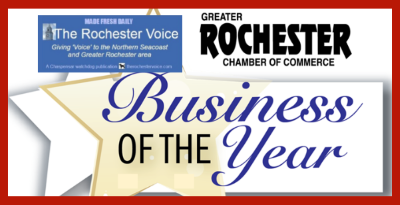CONCORD - Sharing the outdoors is a longstanding tradition in New Hampshire. A part of that tradition involves a skilled group of outdoor enthusiasts who take part in trapping, a highly regulated activity that provides important benefits to the state.
Trapping seasons in New Hampshire typically run from October through March statewide, with the bulk of trapping activity on land occurring during the months of November and December.
This long-standing part of New Hampshire's cultural heritage remains relevant and necessary today. Trappers are a unique group among New Hampshire's outdoor enthusiasts, having an unparalleled eye for picking up on natural surroundings and understanding wildlife behavior. Though relatively few in number (479 licenses were sold in New Hampshire in 2016), skilled trappers provide an extremely valuable service to society by helping to manage abundant wildlife populations and collect biological samples, at no cost.
They also contribute to public safety by maintaining beaver populations at manageable levels, preventing flooding of public roadways and urban areas. Trapping overall helps to keep furbearer populations at healthy levels. This helps prevent over-population, which can significantly increase the risk of spreading diseases such as rabies and canine distemper. With specialized skills and training and a deep connection to the natural world, trappers are a vital resource for a state that aspires to strike a balance between wildlife conservation and wildlife/human conflict management.
Trapping may take place on public or private lands. "To set traps on privately owned land, trappers must possess and file written landowner permission," explains Patrick Tate, a Wildlife Biologist and the Furbearer Project Leader for Fish and Game. "Furthermore, people should be aware that state law prohibits traps from being set or arranged in a public way, cart road, or path commonly used as a passageway by human beings or domestic animals."
Fish and Game biologists remind all users of public and private lands in the state to be aware of multiple uses that may be taking place. For example, the state's Wildlife Management Areas (WMAs) are lands that have been purchased with state and federal funds provided by license fees and excise taxes paid by people purchasing hunting, trapping and fishing licenses and equipment. Anyone walking a dog, or using a WMA for other non-hunting activities, should be aware of hunting and trapping seasons as they use these areas.
"New Hampshire has a long tradition of sharing the outdoors," says Tate. "During the hunting and trapping seasons, it's sensible to stay on established trails and wear an article of blaze orange clothing when recreating in rural areas." On WMAs, dog walkers are also encouraged to keep their dogs on a leash during open trapping seasons.














